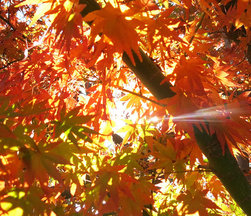 Doesn’t it seem that everything changes in September? The coming of Fall is not only a seasonal change, but we also trade our shorts for jeans and our sandals for boots. New jobs start, and of course, a new school year begins. It’s easy to be swept up in these Fall changes and to forget to find time to relax! Maybe you’ve started school and become overwhelmed with deadlines, or maybe you’re readjusting after sending your own children off to school. Whether you’re a new employee learning the ropes or just dealing with the stress of a familiar job, becoming absorbed with work and responsibilities is inevitable in the Fall! Finding time to take a break can be difficult, but there are simple ways to add some relaxation to a busy day. Sometimes pausing for just a brief moment to take a breath can relieve stress! Or, work some calming aromatherapy into your day. Scents like lavender are commonly used in aromatherapy for their stress-relieving effects. Typically, products with lavender scent use essential oil distilled from the plant; this natural oil has a wide variety of health benefits, not the least of which includes its calming effect on the nervous system. Lavender’s sedative effect on the nervous system is helpful for sleep disorders and anxiety. These relaxing benefits also make it a popular choice for other therapies, like acupuncture and massage! 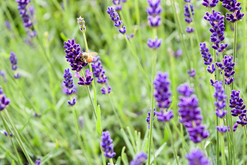 Here are a few tips for finding relaxation amid a busy life: 1. Before going to a stressful work meeting, massage your hands with some lavender Natural Aloe Lotion. Your hands are covered in pressure points; massaging them, particularly the palm of your hand and the space between your thumb and index finger helps alleviate stress. Try it! 2. After a long day, treat yourself to a warm bath. Slip in a bag of Natural Chamomile Lavender Tub Tea, and let the lavender buds and rose petals infuse the water to make a natural and calming haven after a stressful day. 3. Moisturize the sensitive skin under your eyes with our All Natural Gentle Eye Serum. In addition to lavender essential oil, this beeswax spread also includes chia seed and coconut oils. Apply in the morning or before going to bed, and let the natural lavender and beeswax keep your skin feeling fresh. Fall brings with it many changes, and it’s easy to get caught up in the whirlwind of adjusting to the new season. Take a moment to relax. Share with us how you find ways to relax during a busy day! Try these products in lavender, or contact us to make something special for you!
0 Comments
This week we have a guest blogger. My daughter, Elana, wanted to talk about her experiences seeing vanilla close up in Zanzibar and Madagascar!
My Favorite Spice: Vanilla!Vanilla is my favorite spice. I love the smell so much, and always ask for all my Tailored Touches products in that scent (no, really!) I put vanilla in EVERYTHING. But did you know that most vanilla we use is manufactured?? Real vanilla is so difficult to harvest that the industry is propped up by companies that produce vanilla in a lab. Unless you're careful, you're probably buying synthetic vanilla! Try the real stuff and you should notice a difference (warning: it's a little pricey!). The fact that vanilla is difficult to harvest (and thus expensive) may explain why it has been around for centuries - since at least the 15th century - but didn't reportedly enter recipe books until the early 1800s. Vanilla in the wild is rare because the flower that must be pollinated is open for pollination for only 24 hours! If that window is missed, there's no vanilla that season. No kidding! If pollination works, you get a 6-10 inch pod filled with vanilla bean seeds and eventually vanilla sticks. Thankfully, locals have discovered how to "hand pollinate" the flower. According to the National Geographic, "Transplants of vanilla to tropical and presumably vanilla-friendly regions around the globe [was lacking until] Edmond Albius, a 12-year-old slave boy on the island of Réunion in the Indian Ocean, figured out how to hand-pollinate the vanilla blooms using a stick and a flip of the thumb. The simple technique had far-reaching implications. Vanilla plantations sprang up across the globe, from Madagascar to India, Tahiti, and Indonesia. Today about 75 percent of the world’s vanilla comes from Madagascar and Réunion." Still, because of the complications in growing vanilla, we humans only produce around 2000 metric tons per year, which is very little relative to demand, so 99% of vanilla we see in America is synthetic. So, what does it look like in the wild? Is Madagascar-ian vanilla really superior? Let's find out! Zanzibar: A Spice Farm TourIn Zanzibar, we went on an incredible spice farm tour. I had no idea what spices looked like on the vine! You'll see vanilla on the second row on left. From left to right/top to bottom: cocoa; green and black pepper; vanilla beans; a guy showing off climbing a tree to get coconuts!; the coconuts (look at his feet!); the farm's path; bananas; nutmeg, a nutmeg tree, and an open nutmeg; and finally, me drinking a fresh coconut! Madagascar: The Home of VanillaMadagascar is one of the main homes of vanilla (along with Reunion Island). My trip to Madagascar in May 2016 was just amazing. I didn't go on a spice tour, but I did get some fresh vanilla from some locals on a remote island. Before we talk about the vanilla, can we talk about this island? Look at this... 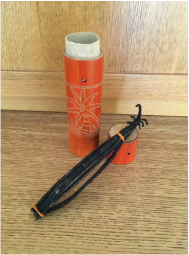 As you can see from the photo on the left, this beach is actually a strip of sand between two islands. It's INCREDIBLE. The sand forms a peak, so the water washes up on both sides but not over. It's one giant sandbar. It's about a 90 minute boat ride from shore... and boy, was it worth it. I spent an afternoon on this sandbar trying to avoid a sunburn and swimming in the perfectly clear water. The locals were so incredible. And, of course, I bought some vanilla! I passed it to my mom this past weekend, and hopefully she'll make some good vanilla extract out of it! One site describes Madagascar vanilla as: The ‘classic’ vanilla. Madagascar Bourbon Vanilla Beans are superior with flavor and aromatic qualities that make these beans the most popular. The flavor is rich, dark, and creamy with an overwhelming sweet, buttery aroma. Yum! So once you've got your hands on some amazing, fresh, REAL vanilla... now what? Well, my ever-creative mother - the founder of Tailored Touches - puts it to good use. Here's what she does to make her own vanilla extract for cooking: ~ Take an organic plump vanilla bean. Make a slice from top to bottom without cutting entirely through and pull the bean slightly open. Place 2-3 beans in each jar and fill with 80+ proof vodka. Cap tightly, and store in a cool, dark place for 2-3 months, shaking once a week or so. The vodka will draw the vanilla out and grow darker in time. Use in cooking as you use any other vanilla extract. ~ You may dry the vanilla beans and run through a food processor to make a powder that can then be used in cookies or breads! Or mix 1 T. vanilla powder per lb. of organic sugar to make organic vanilla sugar. You may be wondering... what's the Kahlua doing there in the picture? Well... we have to keep some tricks up our sleeve. A future blog post on making Kahlua with vanilla perhaps...! In the meantime, enjoy your fresh vanilla!
|
Welcome to Tailored Tidbits!If I'm not in the kitchen cooking up new items for my shop, I'm sewing fabric baskets, taking care of our honeybees, pitching in on the latest project at my son's, or planning a trip somewhere with my daughter. Here, I'll share a "day in the life" at Tailored Touches! 
Sign up for the newsletter for an instant 10% off coupon.
Categories
All
Archives
February 2019
|

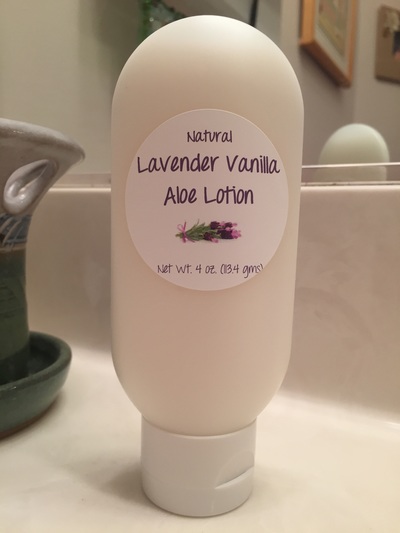
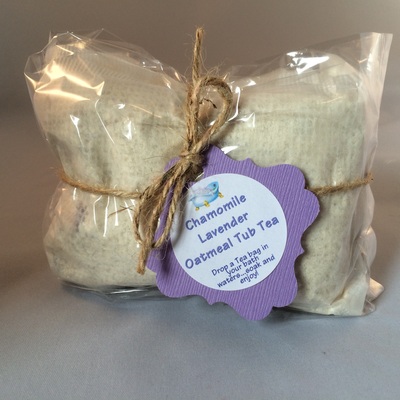
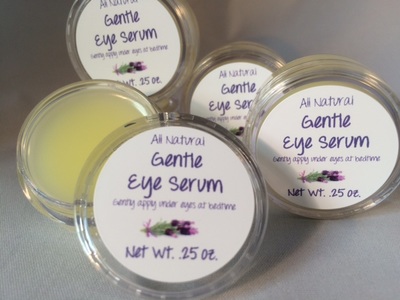
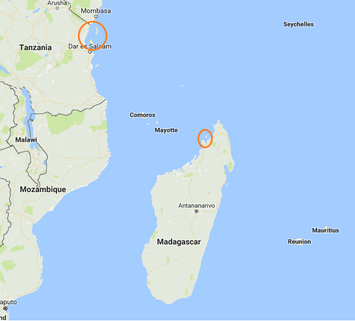
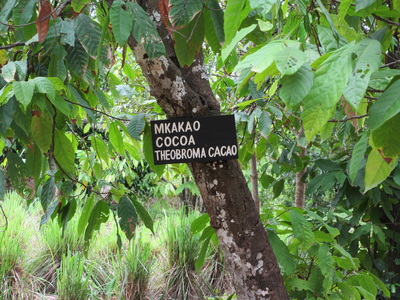
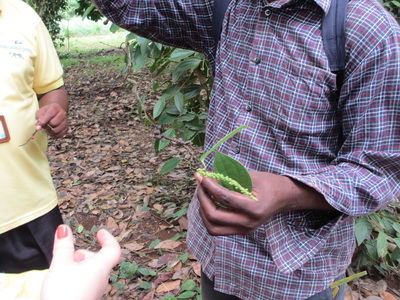
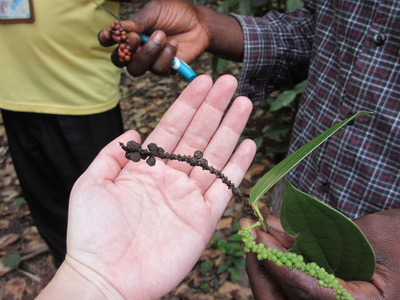
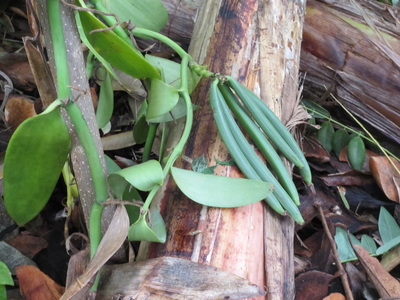
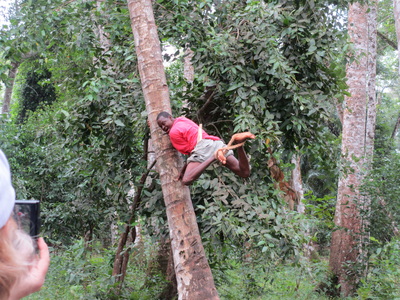
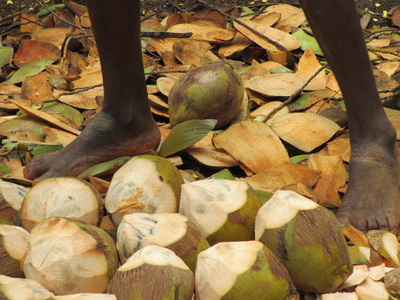
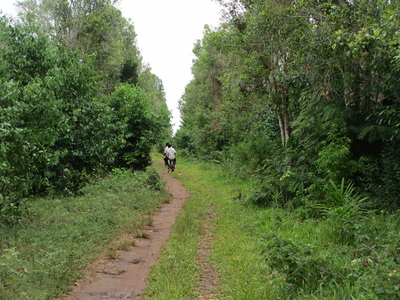
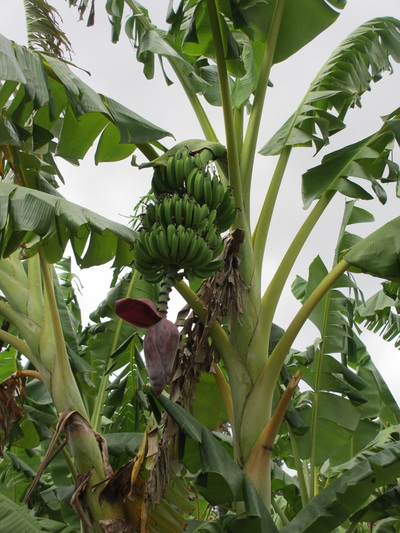
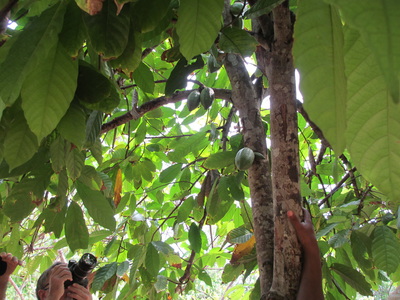
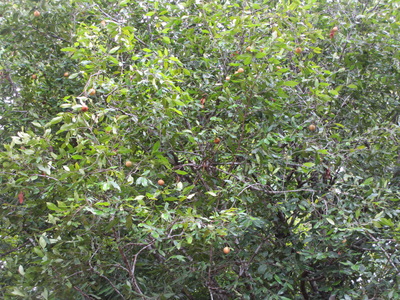
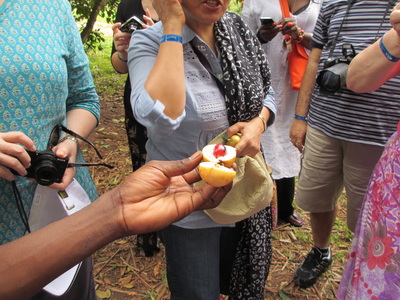
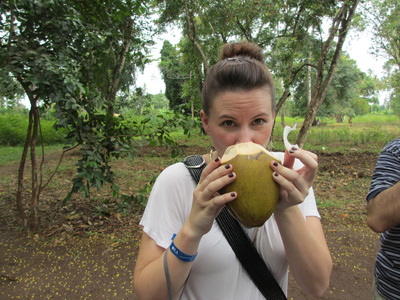
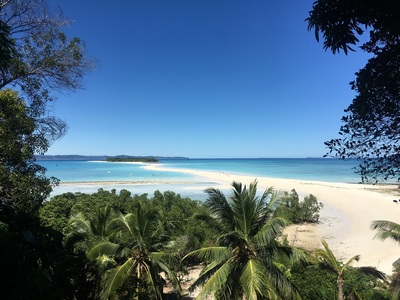
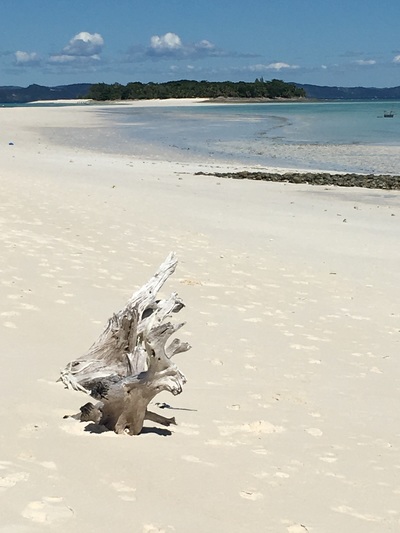
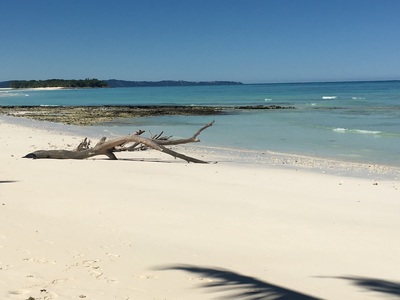
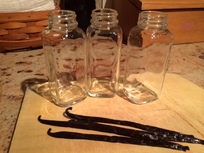
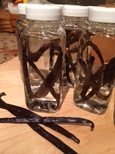
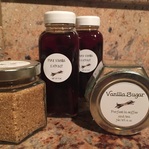
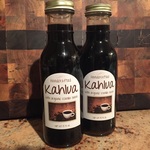

 RSS Feed
RSS Feed


